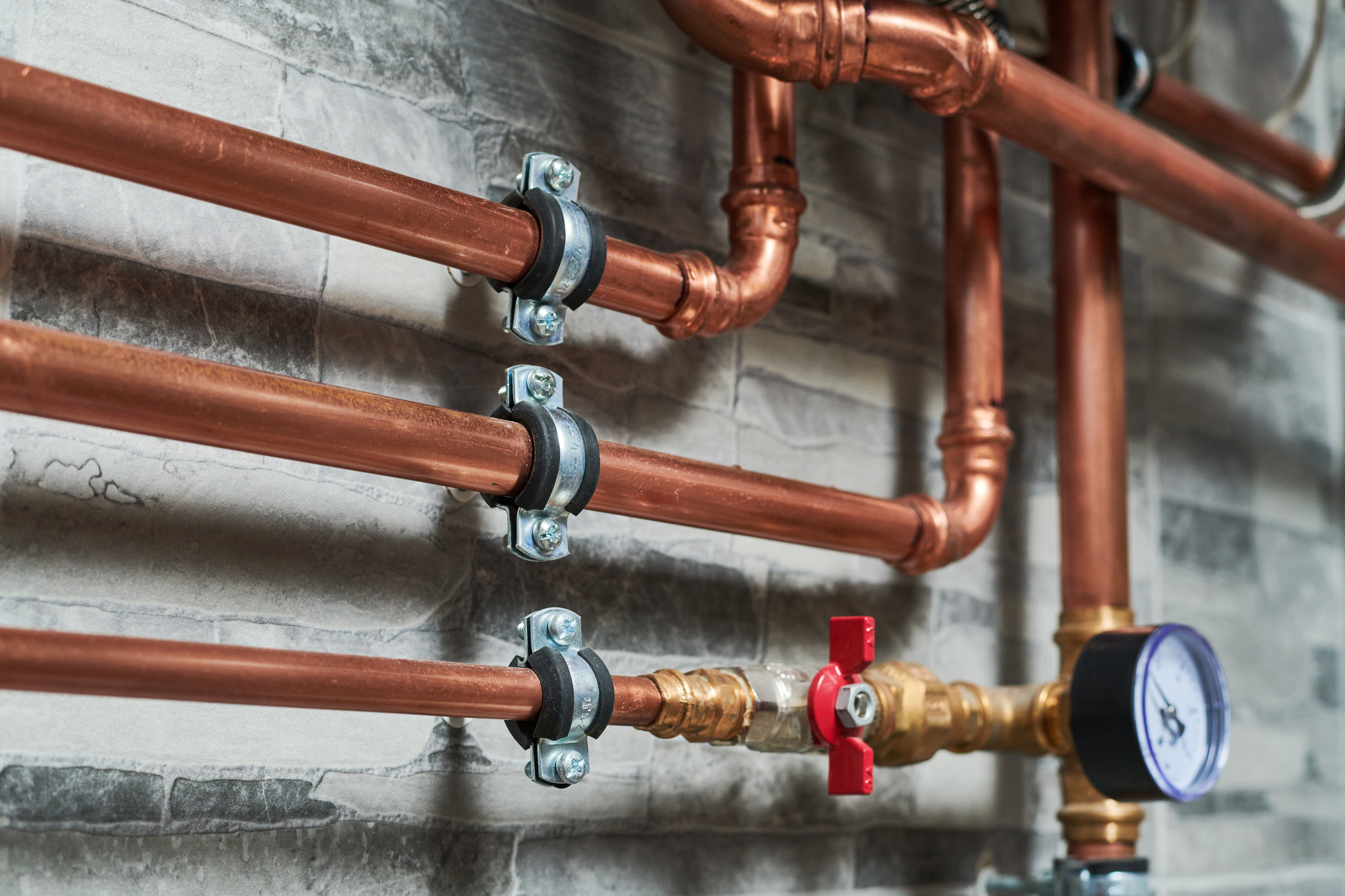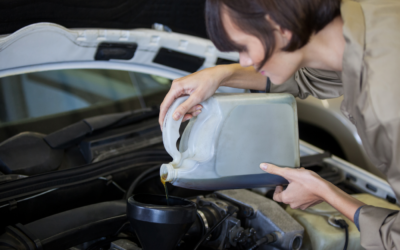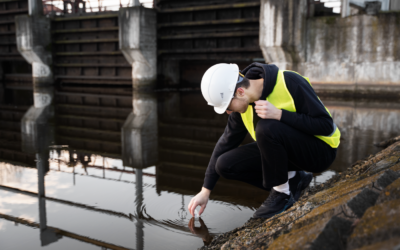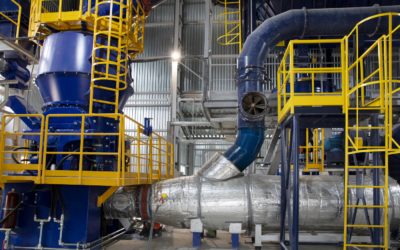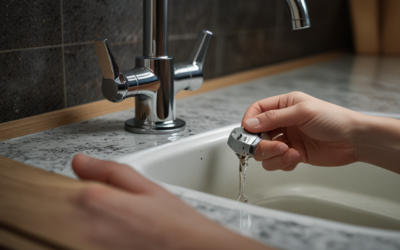As our society continues to grow and industrialize, one of the most significant issues that we face today is the overwhelming amount of wastewater that we produce. Wastewater is any water that has been affected by human activities, such as domestic or commercial usage, which contains pollutants that could potentially harm the environment if not treated and disposed of correctly.
Wastewater treatment plants are essential to ensure the safety and cleanliness of water resources in the environment. To achieve this, they must first have well-designed wastewater systems that can handle the quantity and quality of the wastewater being discharged.
In this blog post, we will discuss the five steps to consider when designing a wastewater system that could effectively handle the inflow of wastewater.
Step 1: Understanding Your Wastewater Flow Rate
The first step in designing a wastewater system is to determine the average daily flow rate of the wastewater. This is important because it determines the size of the pipes and other components required in the design.
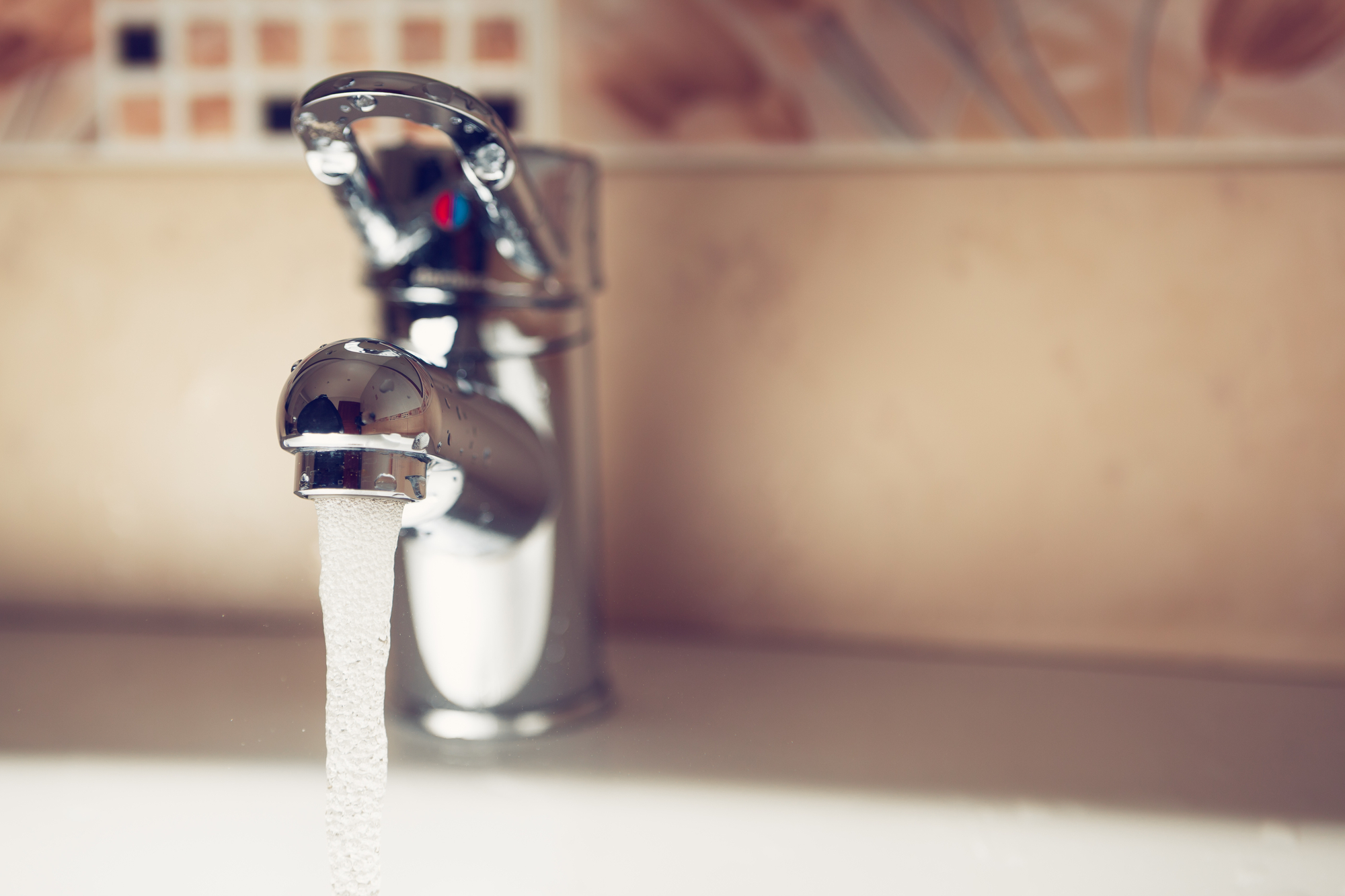
To calculate the average daily flow rate, collect samples of the wastewater throughout a 24-hour period and measure the flow rates. This will help provide an accurate measurement of the average gallons per day (GPD) of wastewater that the system will have to handle.
Step 2: Consider the composition of the wastewater
Wastewater contains various pollutants, including organic and inorganic materials, nutrients, and pathogens. Before designing a wastewater system, it is important to know the composition of the wastewater being treated.
After analyzing the composition of the wastewater, the designer can determine the necessary treatment processes and the equipment required. For example, some wastewater may require specific chemicals or filtration processes to remove pollutants that may not be present in other types of wastewater.
Step 3: Choosing the right Treatment Processes
Wastewater treatment systems can employ numerous treatment processes, including chemical, physical, and biological treatments. The ideal treatment option for wastewater will depend on the composition and volume of the wastewater being treated and the desired level of treatment.

Primary treatment processes typically include the removal of solids and organic matter. The main objective of secondary treatment is to remove dissolved and suspended organic matter using biological treatment processes. Tertiary treatment is often the final phase, which removes all remaining contaminants from the wastewater.
Step 4: Selecting the Appropriate Equipment and Components
After the wastewater treatment process has been agreed upon, the next step is to select the appropriate equipment and components needed for the system to function effectively. Key components of a wastewater system will include pipes, pumps, valves, and other mechanical equipment. The type of equipment chosen will depend on the volume, composition, and treatment methods of the wastewater.
It is important to note that quality is a critical factor in all equipment selection. Choosing high-quality, reliable equipment that meets the required regulations can significantly extend the lifespan of the system.
Step 5: Monitoring the System
Once the wastewater system has been designed and installed, it is essential to monitor the system regularly to ensure that it is functioning correctly. This monitoring process should include measuring the inflow and outflow of the system, checking the quality of the wastewater, and checking the conditions of the mechanical components.
Regular monitoring can identify early signs of potential issues before they could cause more significant problems. Additionally, this process can help determine if the system is meeting the necessary regulatory requirements.
In conclusion, designing a wastewater system involves a comprehensive process that includes understanding the wastewater flow rate, its composition, selecting the appropriate treatment processes, choosing the appropriate components and equipment and monitoring the system regularly. With proper planning and implementation, a wastewater system is an effective and sustainable solution, ensuring proper treatment of wastewater and protecting the environment. To design the best wastewater system for your facility or business, contact Ace Plumbing today at (844) 711-1590 or visit aceplumbingrepair.com.

